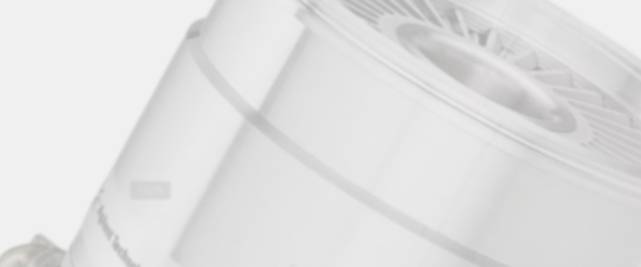Nov . 22, 2024 03:06 Back to list
the brake drums or discs
Understanding Brake Drums and Discs Essential Components of Vehicle Safety
When it comes to vehicle safety, few components are as crucial as the braking system. Within this system, brake drums and discs play vital roles in ensuring effective stopping power and overall vehicle control. Understanding the differences, advantages, and applications of brake drums and discs can enhance vehicle maintenance and safety awareness.
Brake Drums A Traditional Approach
Brake drums are circular components constructed from cast iron or aluminum, which play a key role in the drum brake system. When the brake pedal is pressed, hydraulic fluid moves to the brake wheel cylinders, forcing brake shoes against the inner surface of the drum. This friction slows down or stops the vehicle.
One of the primary benefits of brake drums is their design, which allows them to be self-adjusting. The shoes expand and contract with wear, maintaining consistent performance. Additionally, drum brakes can provide excellent stopping power, making them suitable for certain applications, particularly in older vehicles and some larger vehicles like trucks and buses.
However, there are downsides to brake drums. They can generate excessive heat, leading to brake fade, where the braking performance decreases due to overheating. Their enclosed design also tends to trap moisture and dirt, which can accelerate wear and reduce efficiency.
Brake Discs The Modern Alternative
In contrast to brake drums, brake discs (or rotors) are part of the disc brake system, which is now a standard in modern vehicles. Disc brakes consist of a rotor attached to the wheel and brake pads that clamp down on the rotor when the brake pedal is pressed. This direct action creates friction and slows the vehicle down.
Brake discs offer several advantages over drums. First, they dissipate heat more effectively due to their open design, minimizing the risk of brake fade during prolonged use. Additionally, the performance of disc brakes is generally more consistent in a variety of conditions, providing better stopping power in wet or muddy environments. This reliability and performance adaptability have made disc brakes the preferred choice for most passenger vehicles today.
the brake drums or discs

However, disc brakes can be more expensive to manufacture and require more frequent replacement of brake pads, which can increase maintenance costs over time. They also tend to generate more noise during operation, which can be a concern for some drivers.
Choosing Between Brake Drums and Discs
The decision between brake drums and discs often depends on the vehicle’s purpose and design. For instance, performance-oriented cars typically favor disc brakes for their superior stopping power and heat management. Additionally, many contemporary SUVs and passenger vehicles are equipped with disc brakes on all four wheels to enhance safety and performance.
On the other hand, vehicles designed primarily for heavy-duty applications, where cost and durability are prioritized, may still utilize brake drums on the rear wheels. Many trucks and larger vehicles maintain this traditional system because it's easier to manufacture and can handle higher loads.
Maintenance and Care
Regardless of whether a vehicle is equipped with brake drums or discs, regular maintenance is essential for optimal performance. For drum brakes, inspecting and replacing the brake shoes, and ensuring proper adjustment, are critical. Brake drums should also be inspected for warping, cracking, or excessive wear.
For disc brakes, regular checks of the brake pads for thickness and wear are crucial. When pads wear down excessively, the brake rotor can become damaged, leading to costly repairs. Additionally, ensuring the rotors are free from rust and debris is fundamental to maintaining braking efficiency.
Conclusion
In conclusion, brake drums and discs are indispensable components of a vehicle's braking system, each with its own advantages and disadvantages. Understanding their functions can significantly impact vehicle safety and maintenance. As technology continues to evolve, the trend towards disc brakes is likely to persist, but the presence of brake drums remains relevant, particularly in specific vehicle types. Ultimately, ensuring that either system is well-maintained is critical to ensuring safety on the road. Whether you drive a modern sedan or a classic truck, awareness of how your brakes work will contribute to a safer driving experience.
-
HINO Industrial Solutions - ¡Ң���ຽ��е��������˾ | Advanced Technology&Reliability
NewsJul.13,2025
-
HINO Industrial Efficiency-Jiangsu Hino Industrial|Productivity Optimization&Cost Reduction
NewsJul.12,2025
-
HINO-¡Ң���ຽ��е��������˾|Advanced Industrial Solutions&Energy Efficiency
NewsJul.12,2025
-
Premium Brake Drum Iveco – Durable Drum Brake Drum & Brake Shoe Solutions
NewsJul.08,2025
-
High-Performance Brake Drum Liza for Enhanced Safety Reliable Drum Brake Drum & Brake Shoe Solutions
NewsJul.08,2025
-
High-Quality Brake Drum MAZ – Durable Drum Brake Drum & Brake Drum and Brake Shoe for Optimal Performance
NewsJul.07,2025
